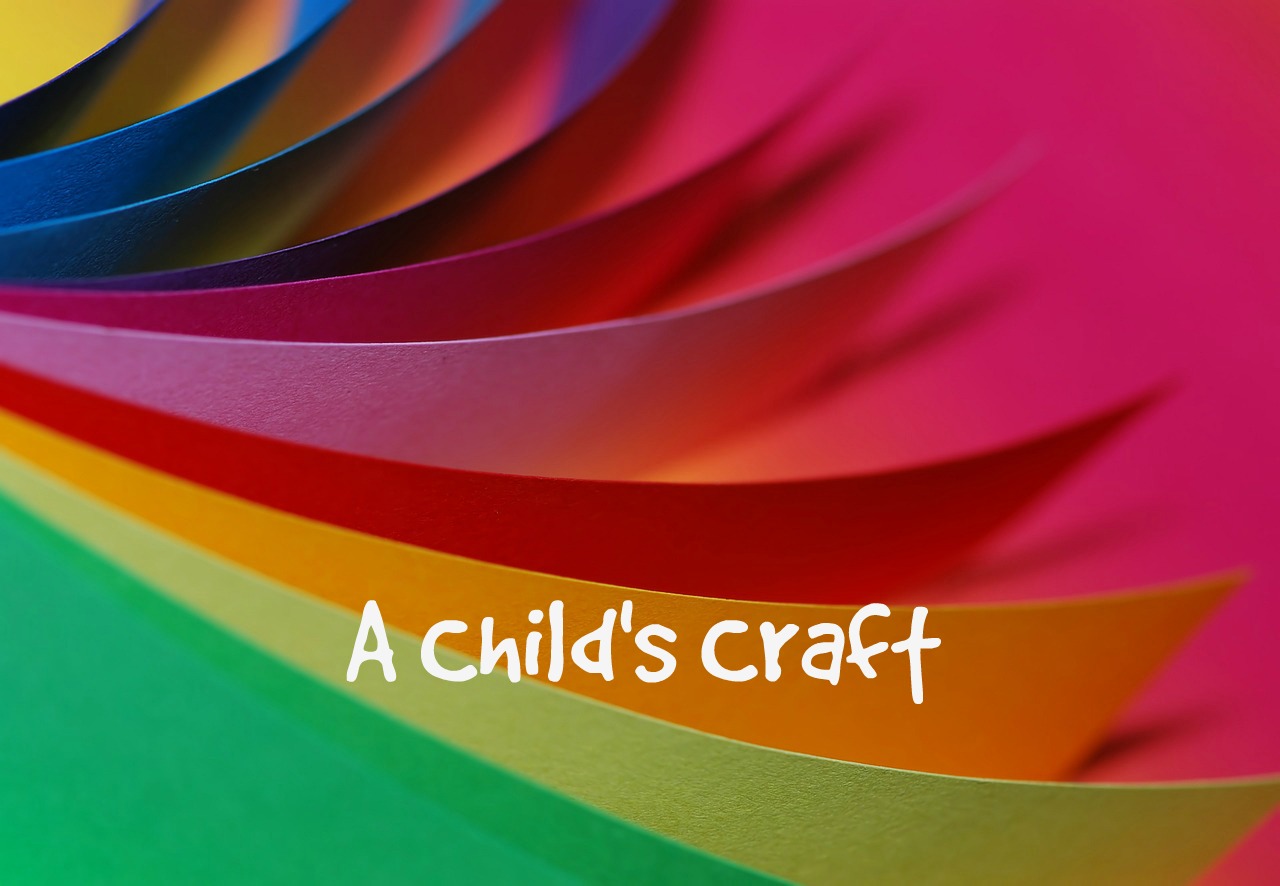So, you’ve written your masterpiece of a story. You finally put your great idea onto the pages. What a fabulous accomplishment. Great job! However, it’s still not ready to submit to a publisher. Now it must be strengthened.
Rewriting is the next step where your great story becomes magnificent! Don’t dread this stage. The fun continues. You get to play with your words. First, check your word count. It doesn’t matter at this point how many words you have. Your job was just to get it on paper – to let it flow and hopefully you did. But the first part of rewriting is to know how many words you need to eliminate.
Rewriting is the next step where your great story becomes magnificent! #rewrite #editgoal Click To TweetKeep in mind your target age group. Here are word count guidelines for each group. These may vary from publisher to publisher so check the Writers Market Guide for each publisher’s guidelines.
0-2 board books (less than 250 words)
2-4 toddler board books (500 words or less)
5-8 picture book (roughly up to 1000 words)
7-10 chapter books (up to 15,000 words)
9-12 tween (20,000-35,000 words)
13+ young adult (55,000-70,000 words)
If a publisher states they accept picture books up to 1200 words. Don’t send them a manuscript with 1500 words hoping they’ll make an exception. Send them what they publish.
Check to see if each sentence, thought, idea moves your story forward. Is it all necessary? Shave off a part and see if the story still flows. If it doesn’t, put that part back in and shave off a different part. Sometimes the shaving actually strengthens the story.
For picture books, circle all the verbs. That’s right. All of them. Picture books contain few words so choose them wisely. Try to eliminate the weak verbs: is, are, am, was, were, will, have, had, has, be, been. Then strengthen them. Check for synonyms and plug in other words. Play with it.
Next, underline your adjectives and adverbs. Try to eliminate ‘ly’ words and find stronger words.
Here is an example:
Sally ran quickly to get out of the rain. Suddenly she stopped when she saw a bright rainbow. Now she was happy.
22 words.
Circle the verbs: ran, get, stopped, saw, was.
Underline descriptors: quickly, suddenly, bright, happy.
All pretty weak. Let’s see if we can tighten it up a bit.
Sally raced from the rain but slowed when a sparkling rainbow appeared. She smiled.
14 words. Not an exciting story, but the same point is made with less but somewhat stronger words.
Now, highlight words you’ve used more than once. In the first example I used ‘she’ three times, which is too many. In the second example ‘she’ is used only once.
If you’re writing a story about a kitten, how many times did you use the word kitten? Unless repetition is your goal, can you replace it with another word while keeping the words age-appropriate? Kitty, cat, ball of fur, fluff ball.
Shorten, tighten, strengthen.





 We love helping your growing in your writing career.
We love helping your growing in your writing career.
